Table of Contents
Successful and memorable packaging design can do great things for a brand.
Not only does it create a fantastic experience for the customer right from the start, but it can be a massive boost for your brand reach as well.
Good packaging design needs to be a balance between form and function.
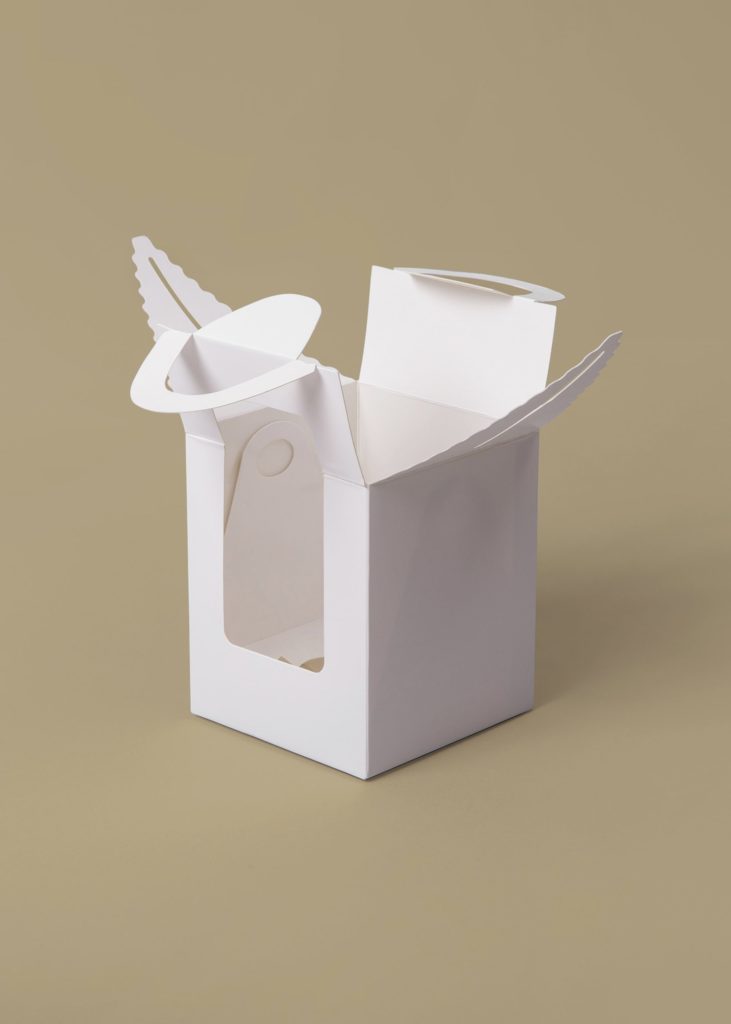
Not only does it need to withstand the inevitable wear and tear of shipping and handling, but it also needs to look good and be unique enough to make an impression.
In this post, we’ll look at some of the most important factors that help make packaging design successful and what that means for a brand.
- Melding Functionality & Practicality
While we all understand that a box needs to perform adequately in functionality.
The functionality and practicality element actually falls into the customer experience of your packaging.
Packaging needs to be practical and get from Point A to Point B without being damaged or jostled too much.
People love practical packaging that makes things easy and convenient.
If you look at your packaging on its most basic level, how functional is it?
Is it easy and convenient for customers to open, or do you see complaints floating around about the packaging?
While the practical side of things may not always be fun, it does heavily play into your unboxing experience which ultimately makes the most impact for customers as well as potential customers.
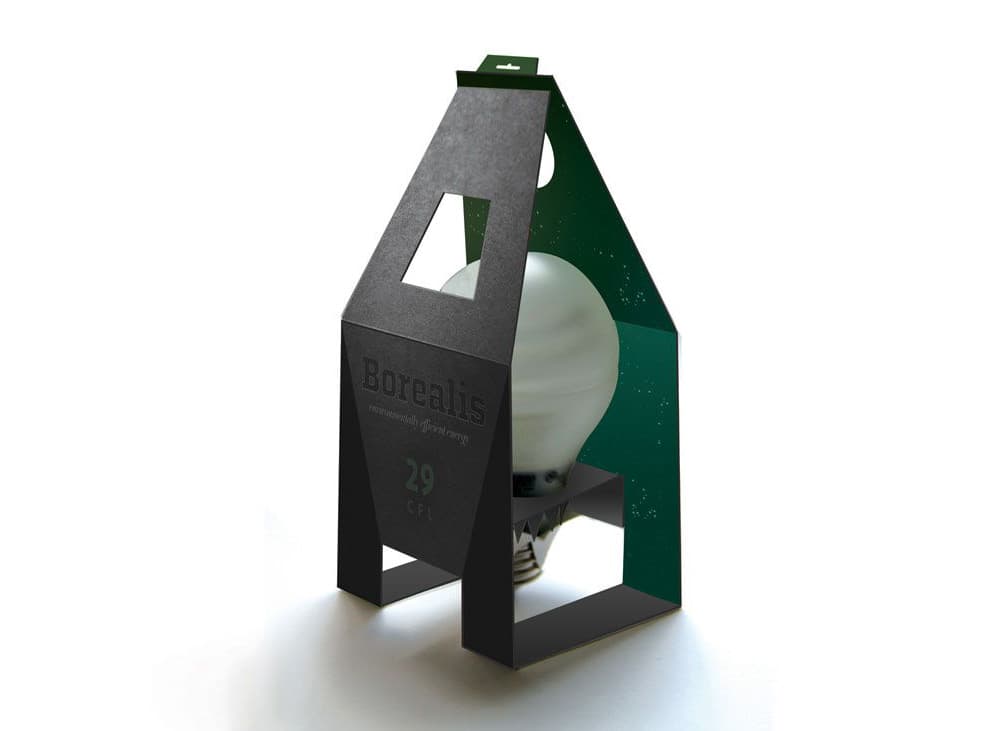
Make your packaging shareable!
With innovative designs, tailored to functionality and practicality, you can create something your customers didn’t even know they needed.
This can be something as simple as using resealable mailers for easy returnability of your products or collapsible rigid boxes to promote reusing your packaging and simpler shipping logistics.
With the help of Structural Engineers you can create innovative packaging designs that make an impactful statement!
- Building Brand Consistency
Your packaging is an extension of your brand.
Whether you’re going for something fun and youthful, or something more appealing to a specific demographic, your packaging differentiates you.
It’s one of the factors used to intrinsically attract customers at first sight and narrow down their choices on the shelf.
The aim is to create packaging that reflects your brand in a visually appealing way.
In a retail environment, you’re aiming for shelf impact as that’s what draws customers in.
E-commerce packaging on the other hand relies more on the unboxing experience itself.
With rough handling and damage risks during shipping, companies tend to avoid spending too much of their budget on the exterior designs but rather on the protection and durability of the packaging.
Therefore, e-commerce relies much more in the interior to really establish their branding.
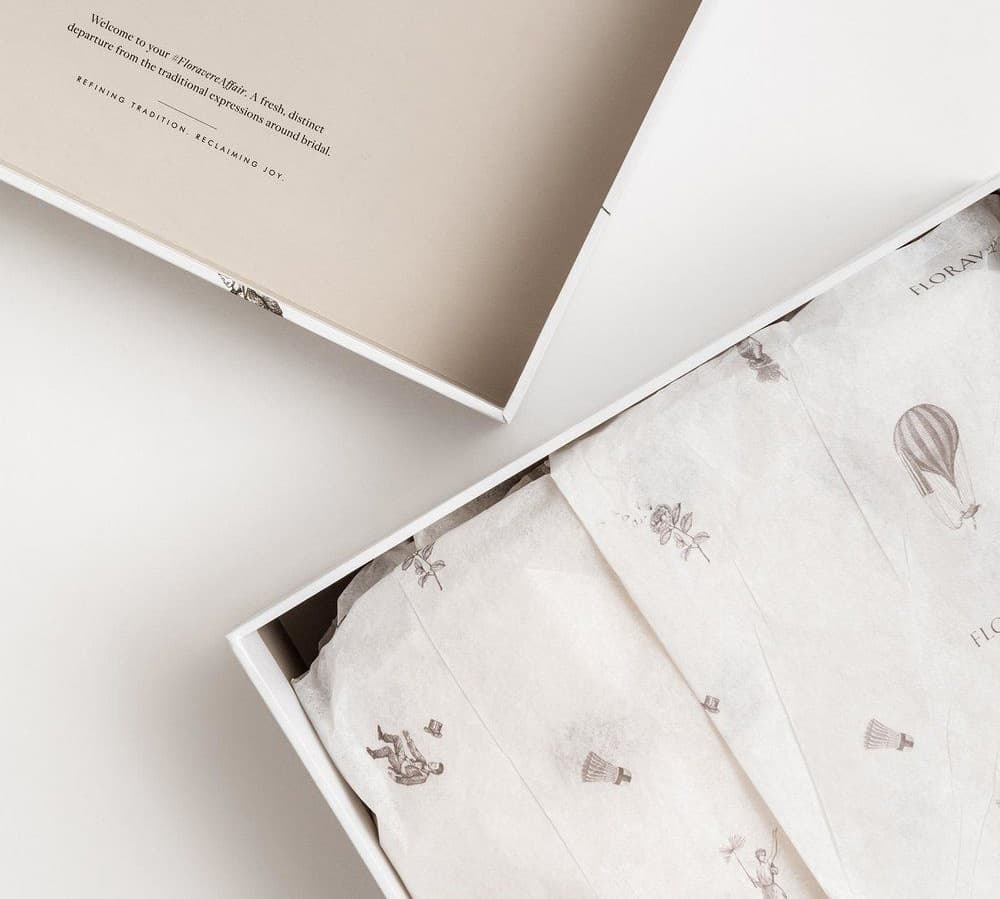
Things like;
- Interior printing
- Printed packaging inserts
- Personalized thank you cards
- Branded tissue paper
- Labels and stickers
… offer great opportunities to establish your branding without breaking the bank on designs that will ultimately parish and damage your brand reputation.
- Making an Impact
Who doesn’t love something unique and interesting?
It’s a fundamental truth across marketing, and packaging is no different.
Think about what your audience likes
What do they value about your brand?
How can you reflect your competitive edge onto your packaging design?
How do you position your product on the market?
Unique structures, lettering, design elements, and adding interactive elements further attract customers to your packaging.
It’s crucial to your brand differentiation both on-shelf and online.
Look into what is lacking in terms of packaging by going straight to customers and reading about your industry niche products.
This way you’re serving an unmet demand in your industry which will set your brand apart from competitors.
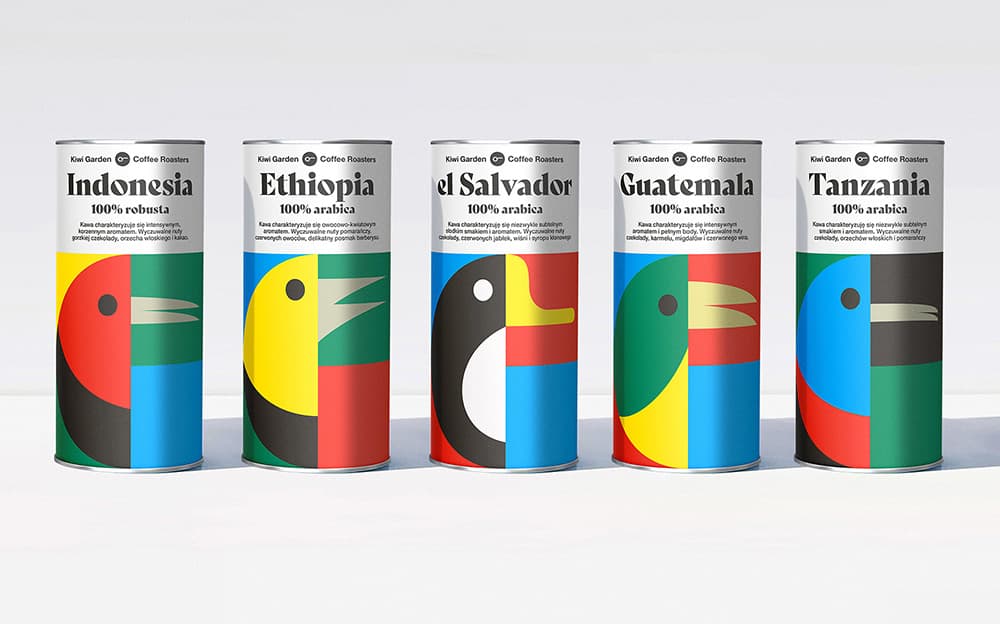
Think about your target audience and what they would feel more drawn to.
Bright colors, decorative elements, structural design elements are just some of the features to consider when designing your packaging strategy.
- Maintaining Simplicity & Clarity
Alongside uniqueness, it’s also crucial to think about what your packaging design is communicating to someone who’s not familiar with the product.
Ideally, your packaging should be able to tell someone what the product is and more about the brand.
If your packaging doesn’t communicate crucial information such as, brand name, product name, ingredients, function and a brand story, it’s likely your customers will be confused and will opt for a product that has clearer communicative elements.
Simplicity and clarity need to be the foundation of any design strategy.
By simply looking at your packaging you should be able to answer the following questions within a targeted time frame;
- What is the product?
- What brand created the product?
- What does the product do?
Customers value transparency when it comes to shopping for new products. Make sure your packaging communicates what your customers need to know to sway their purchasing decision.
This leaves no room for confusion and ultimately boosts your sales and brand credibility.
Establishing a strong brand credibility through clear and concise communication allows you to build a loyal customer base that will recommend your products to new potential customers!
5. Ensuring Extensibility
And finally, your packaging needs to be visually flexible.
This might sound odd, but let’s go with it.
Essentially your product shouldn’t be so exclusive to one product but rather be transferable to other items in your product line.
For example, if you’ve created a meat-based food product, the design elements shouldn’t be too specific with meat elements in it if you want to use the packaging for a vegetarian option you may offer.
Product packaging should evolve with you, and you shouldn’t have to start from scratch every time you introduce a sub-product within the product line.
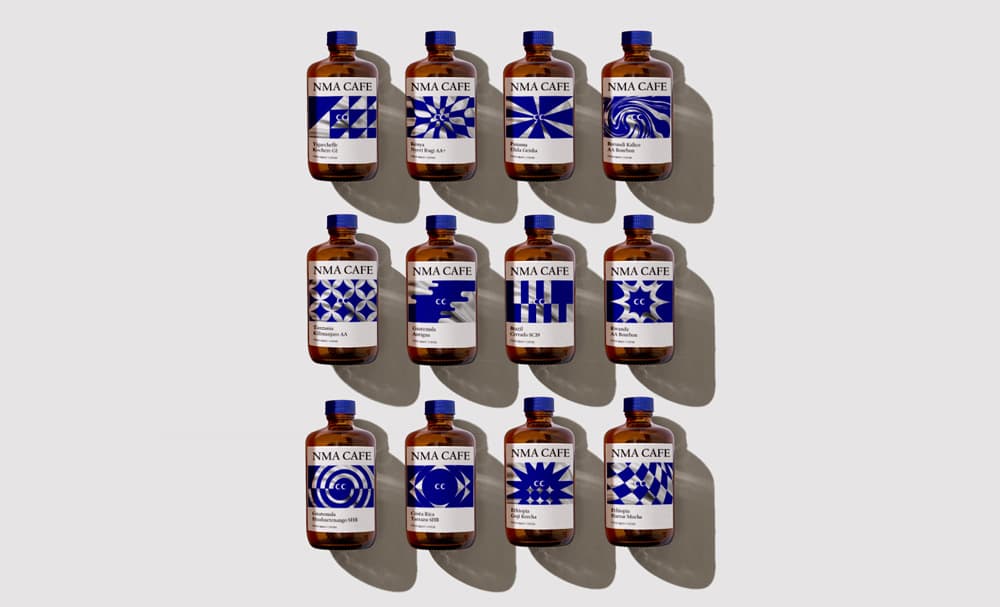
Successful packaging design is about carefully balancing many different elements while still prioritizing customer’s demands.
As you work through the design strategy and concepts, think about your customer now and in the future.
What foreseeable trends do you see moving forwards, and how can you incorporate those into making innovative packaging designs without sacrificing simplicity or clarity.
It might seem difficult initially, but working with packaging experts can help demystify the process and help you in creating amazing, memorable packaging designs that add value to your brand and business.





